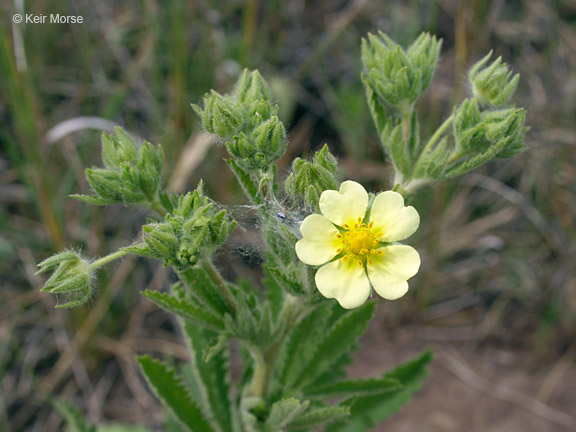Created on: Friday, Jul 30th, 2021
Calflora (Potentilla recta):
https://www.calflora.org/app/taxon?crn=6866
Accessed 08/12/2021
Calflora (Potentilla sp.):
https://www.calflora.org/cgi-bin/specieslist.cgi?namesoup=potentilla&cou...
Accessed 08/12/2021
GBIF:
https://www.gbif.org/species/5367294
Accessed 08/12/2021
GBIF (Potentilla indica):
https://www.gbif.org/species/5365283
Accessed 08/12/2021
GRIN:
https://npgsweb.ars-grin.gov/gringlobal/taxon/taxonomydetail?id=29517
Accessed 08/12/2021
iNaturalist:
https://www.inaturalist.org/taxa/62211-Potentilla-recta
Accessed 08/12/2021
Invasive Plant Atlas of the United States:
https://www.invasiveplantatlas.org/subject.html?sub=4431
Accessed 08/12/2021
University of Georgia Invasive.org:
https://www.invasive.org/browse/subinfo.cfm?sub=4431
Accessed 08/12/2021
University of Georgia Invasive.org (Potentilla indica):
https://www.invasive.org/browse/subinfo.cfm?sub=78283
Accessed 08/12/2021
USDA:
https://plants.usda.gov/home/plantProfile?symbol=PORE5
Accessed 01/03/2022.
Question 18: Need more direct evidence of frequent dispersal by mammals.
- < 13 : Low Potential Risk
- 13 - 15 : Moderate Potential Risk
- > 15 : High Potential Risk

